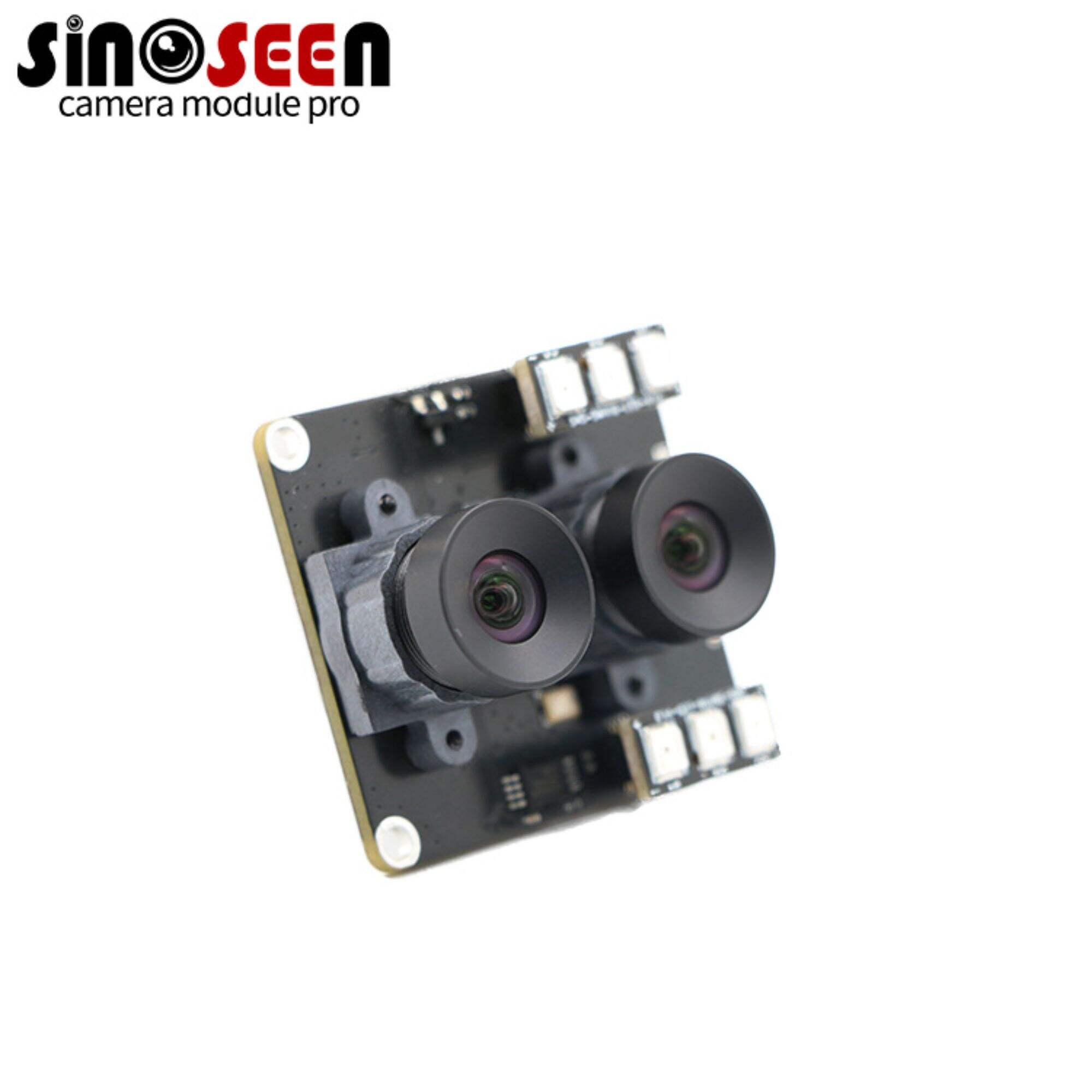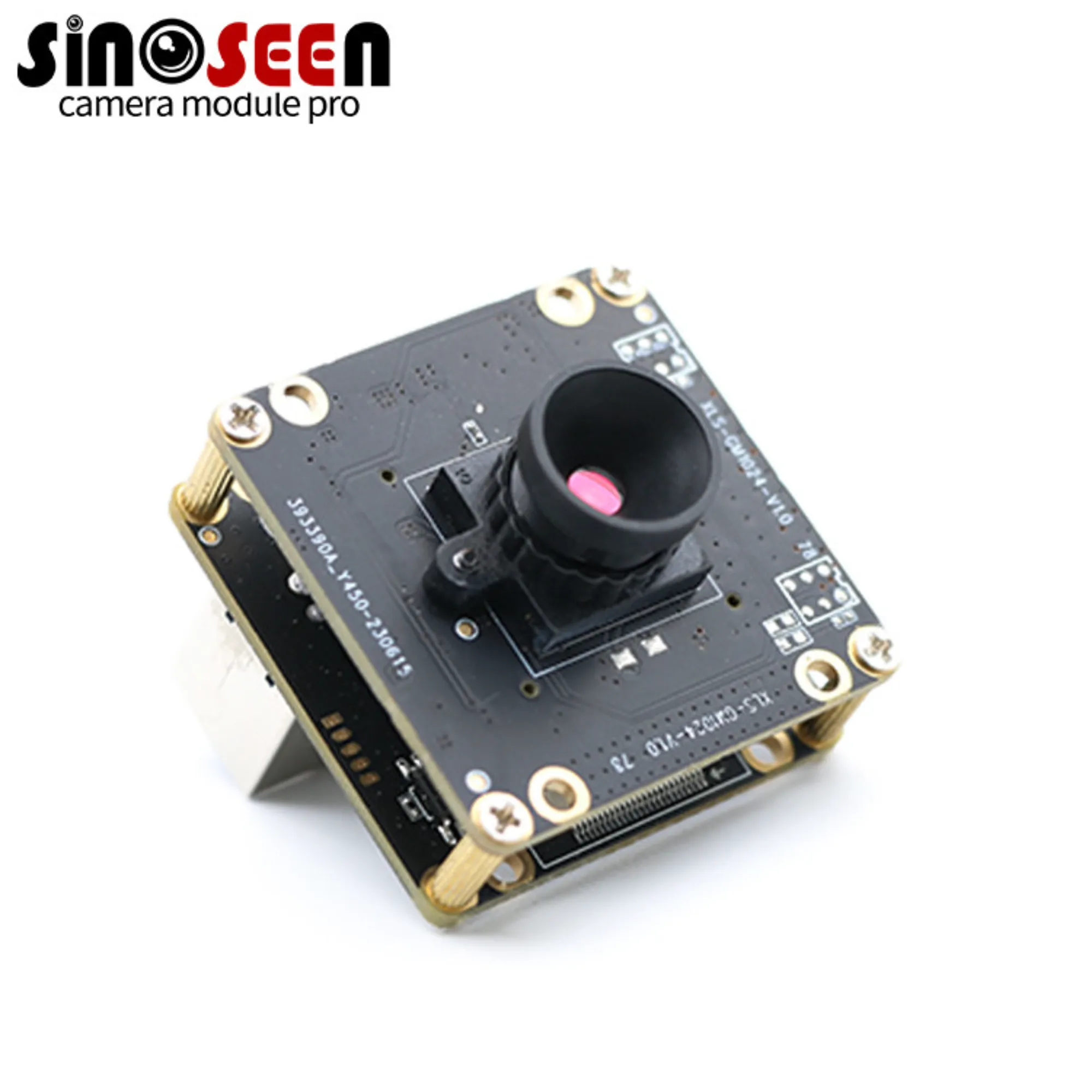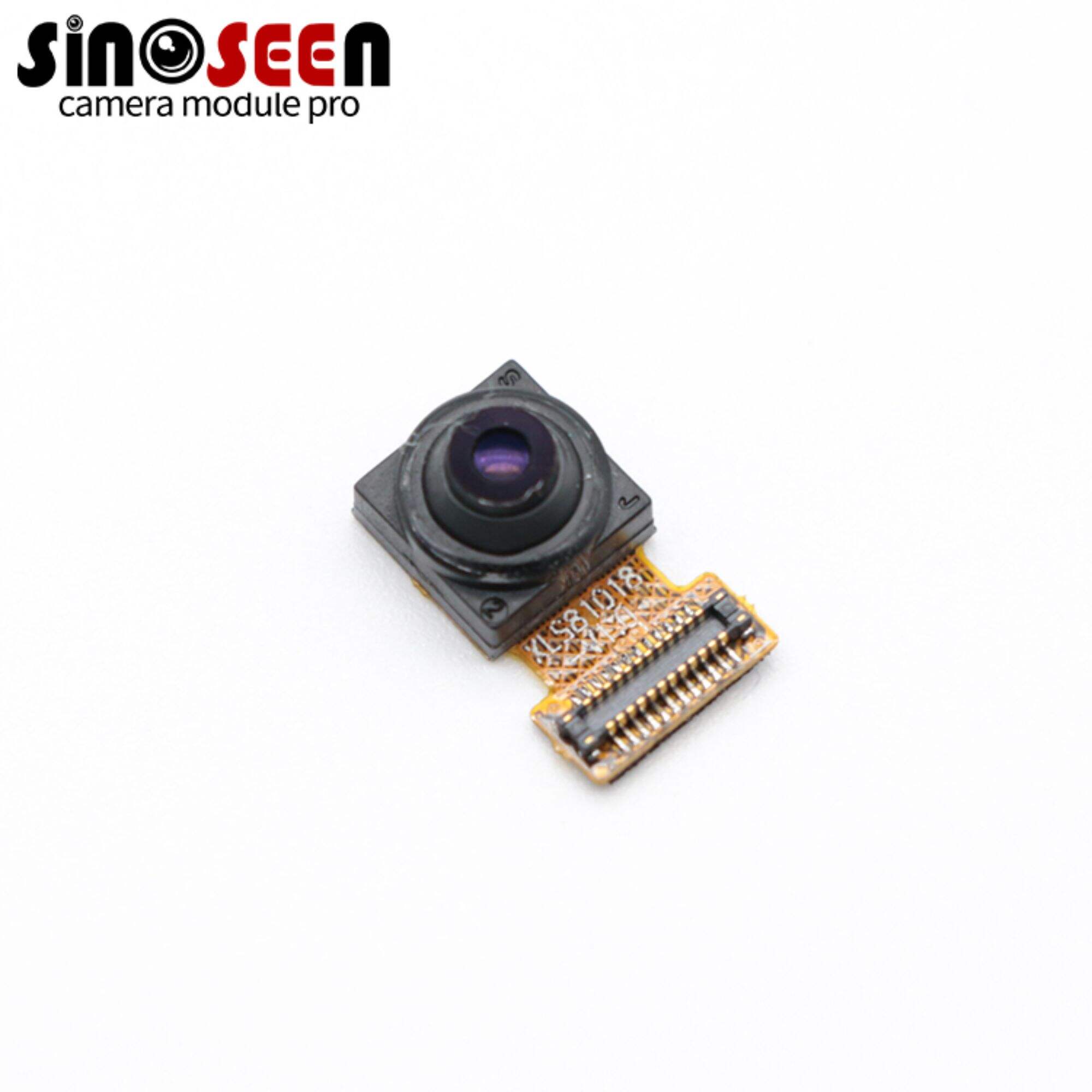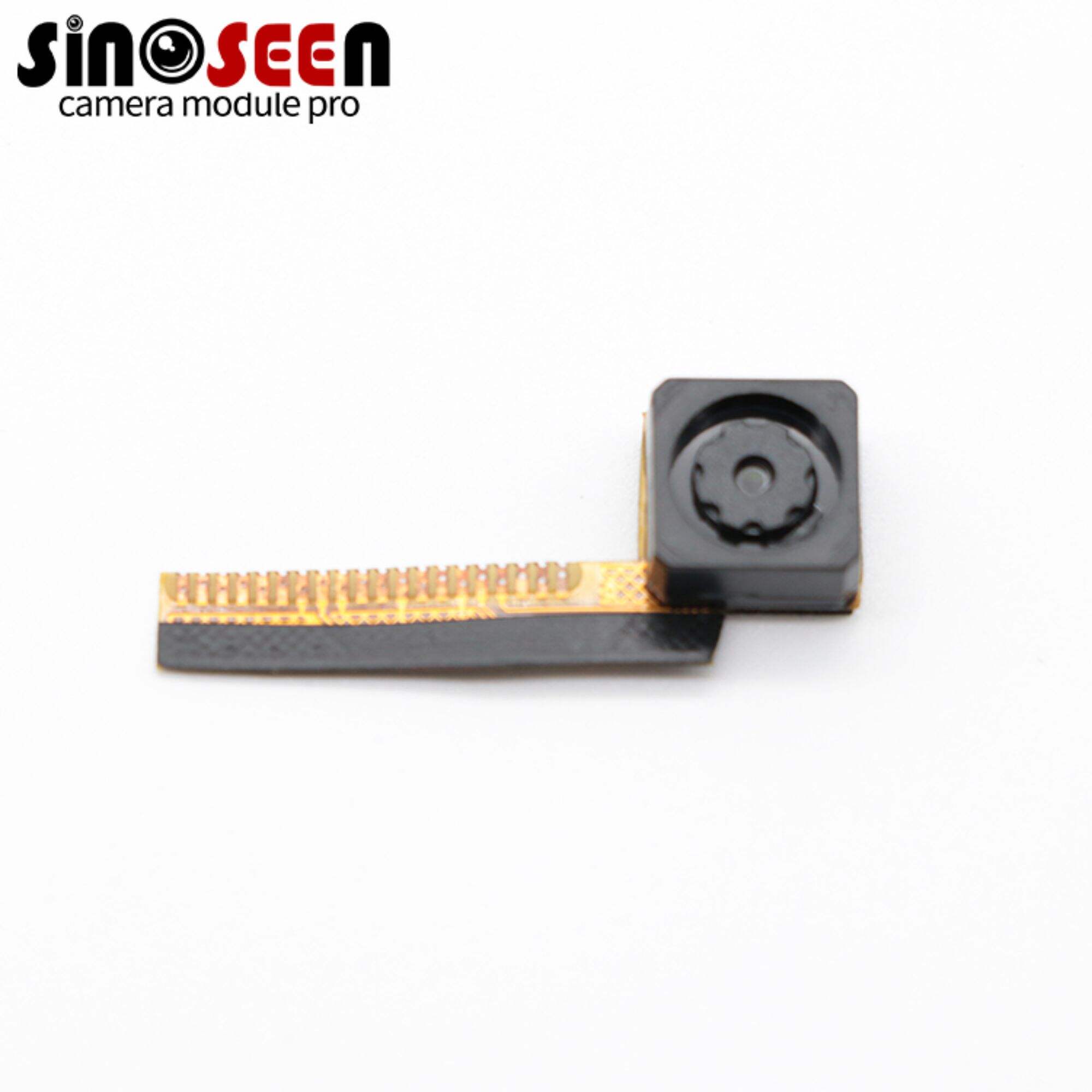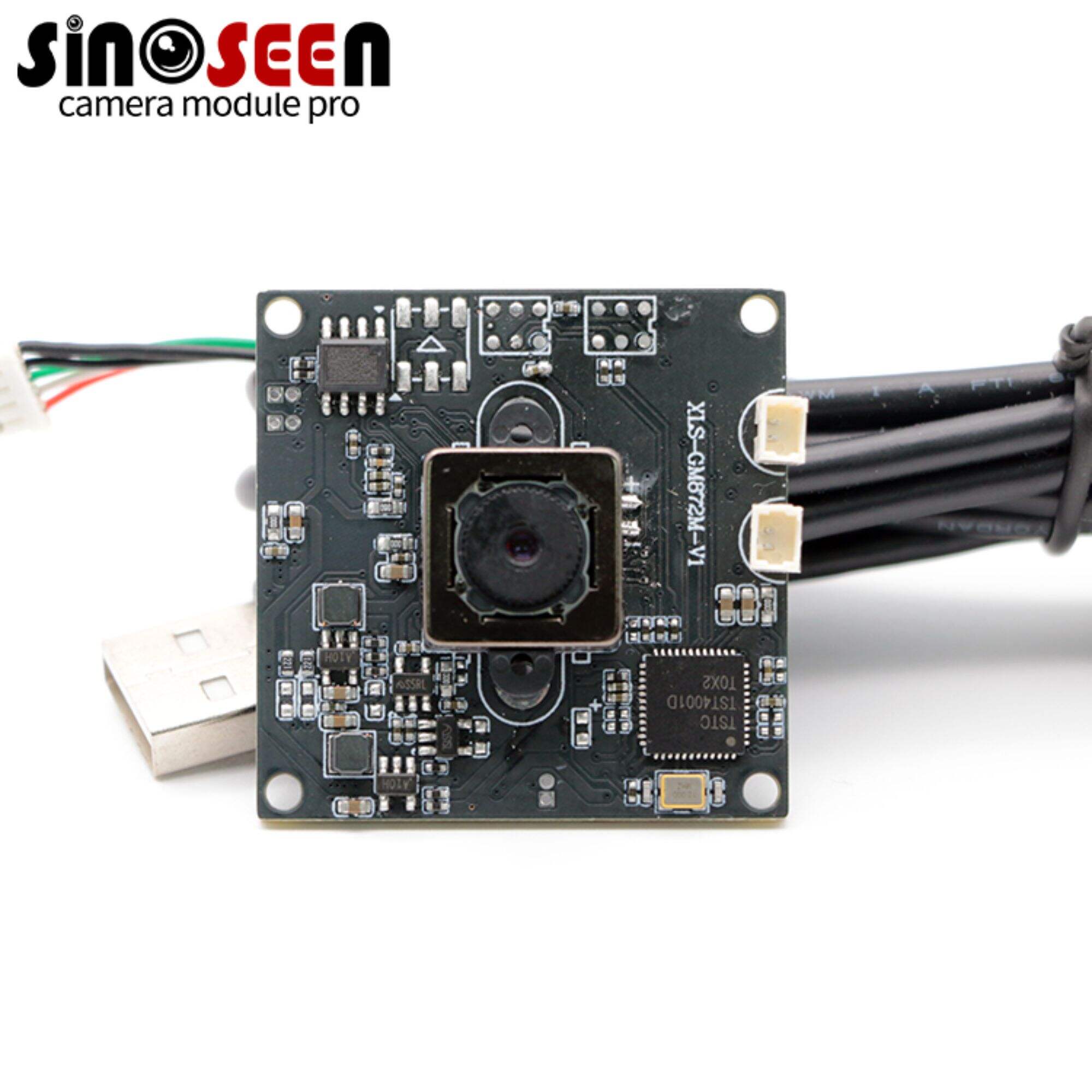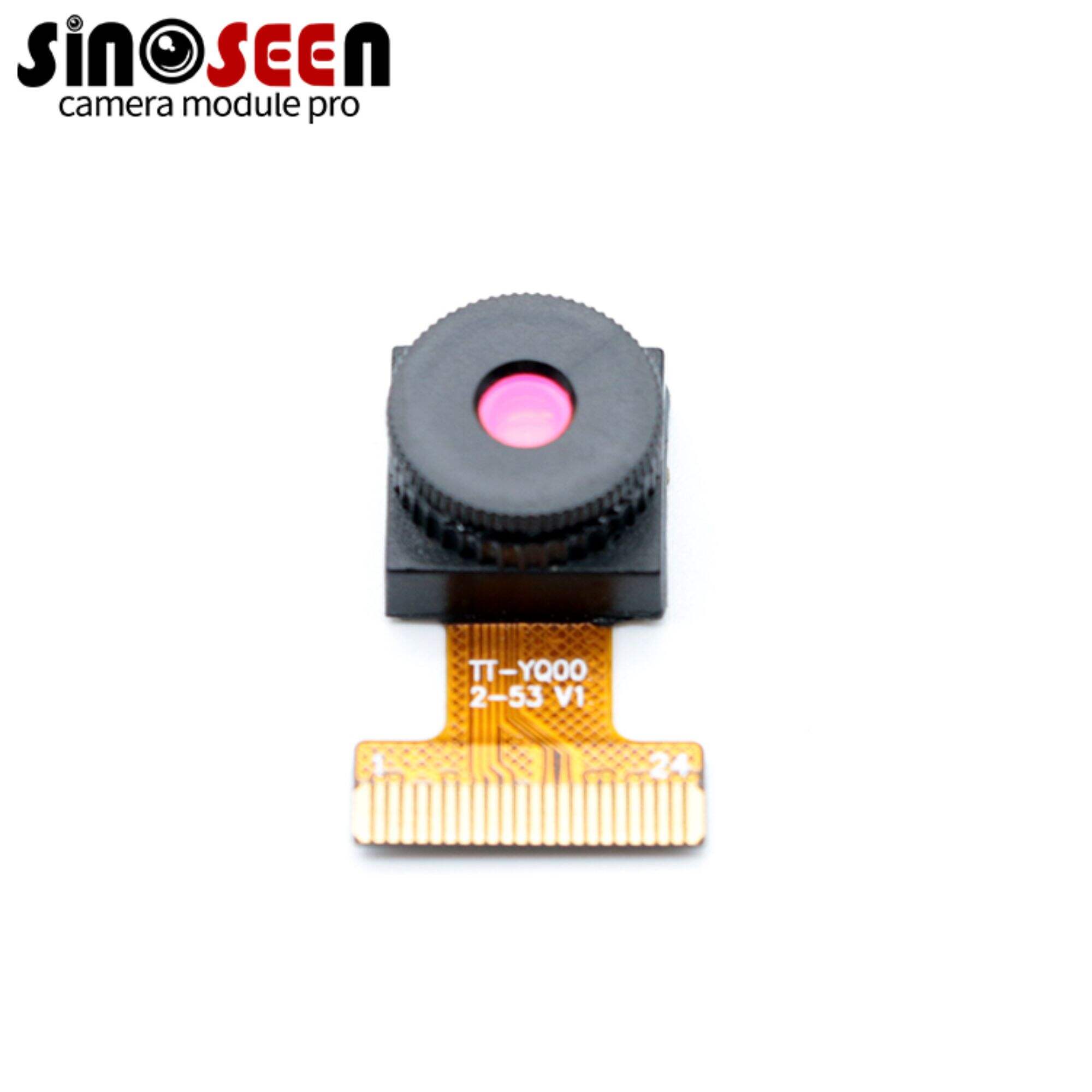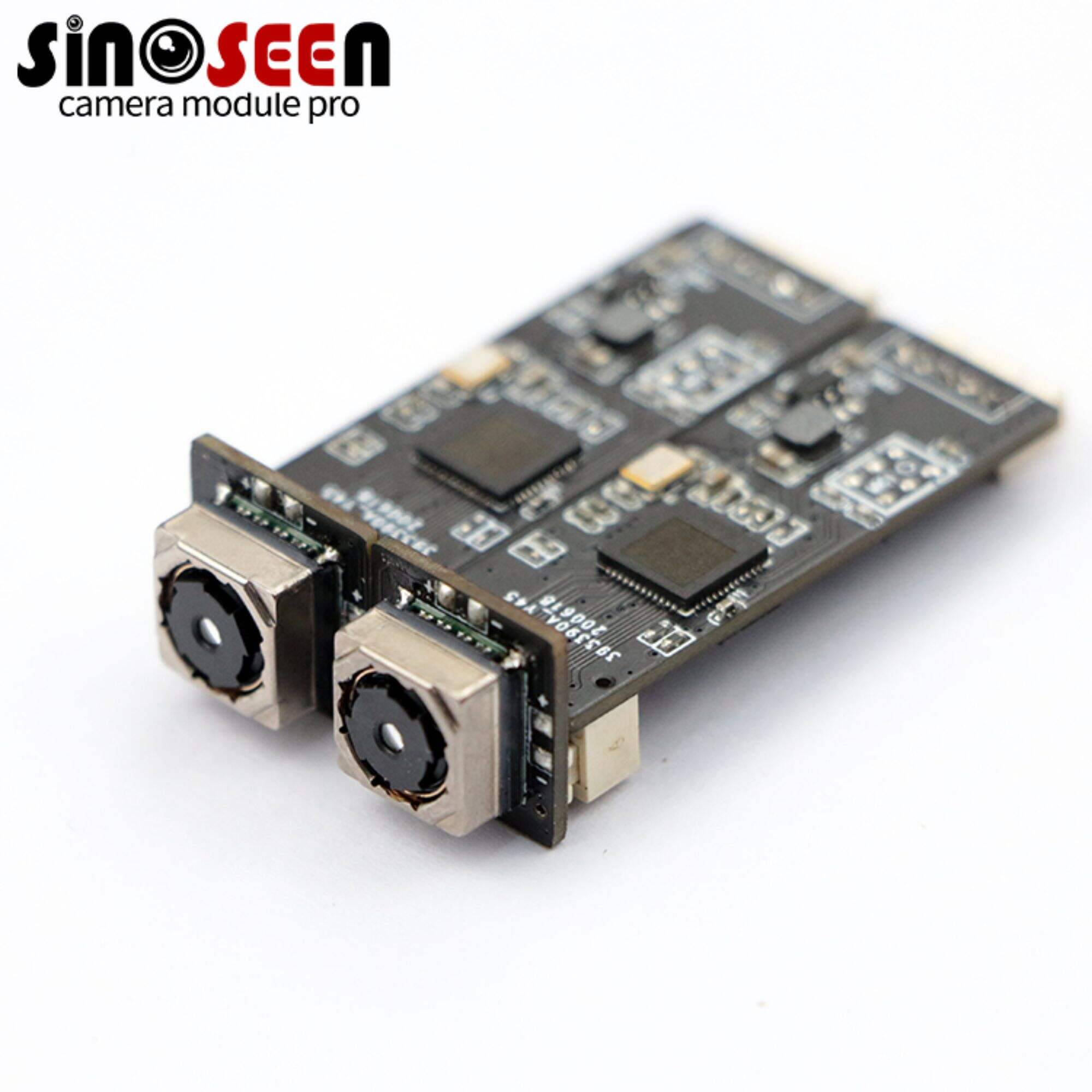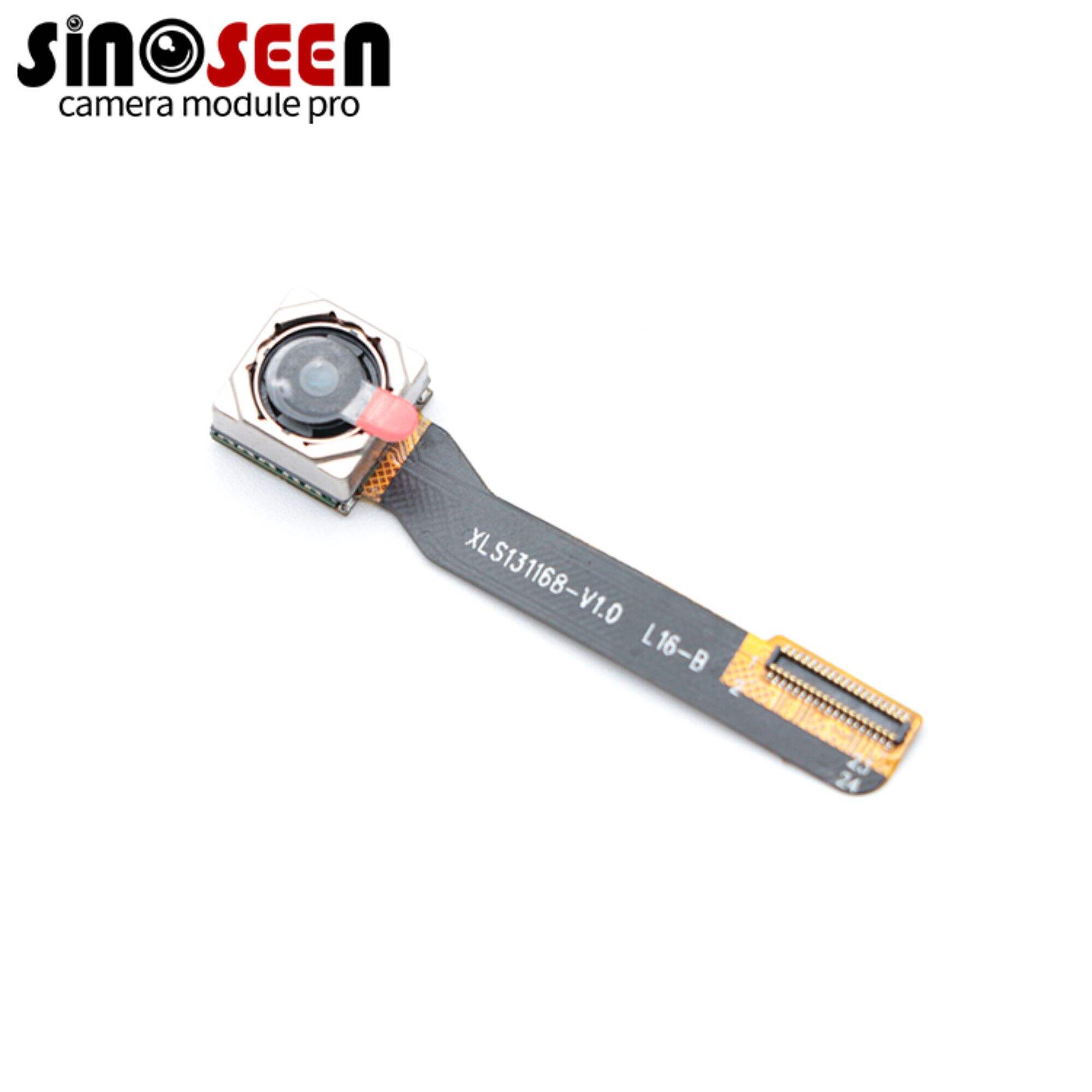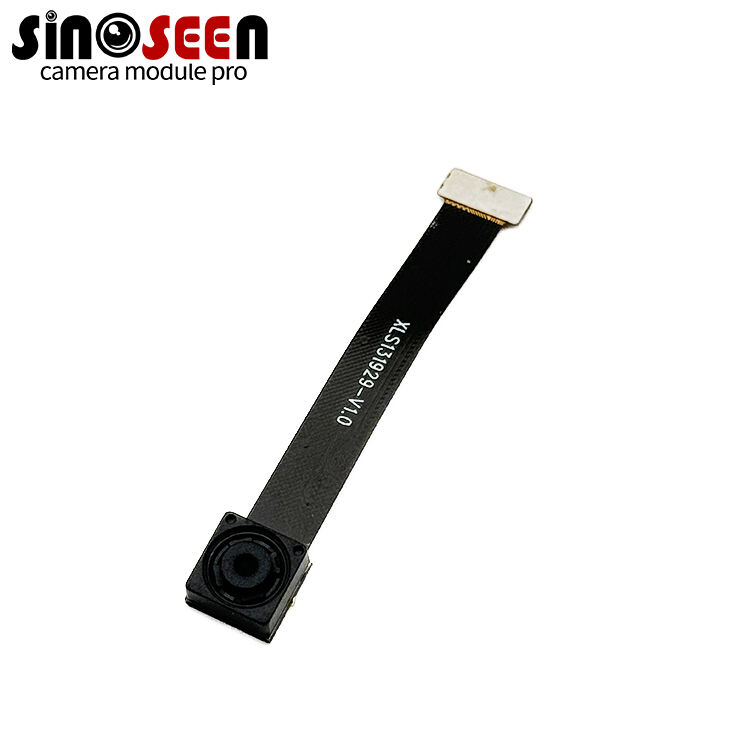Understanding FoV in Camera Technology
Introduction
Field of view refers to the extent of the observable world at any given moment by a camera. That is, it is the proportion of the world that can be captured by the lens of a camera at any particular time.
What is Field of View (FoV)?
Two main elements determine the field of view for a camera – lens and sensor. The lens collects and concentrates light while the sensor (or film) captures this light.
Lens and FoV
When an object is focused, focal length refers to the distance between the lens and the image sensor usually measured in millimeters (mm). A wider FoV has a shorter focal length whereas a longer one narrows it down.

Sensor and FoV
The size of a camera’s sensor also affects its FoV. With a similar lens, bigger sensors can capture more scenes than smaller ones. This explains why full-frame cameras (which have larger sensors) offer wider FoVs compared to crop-sensor cameras.
Types of FoV
In-camera technology, there are three types of FoVs: horizontal, vertical and diagonal.
Horizontal FoV
The horizontal FoV expresses how much from left-to-right side an imaging device captures. It mainly applies in panoramic or landscape photography where breadth matters most.
Vertical FOV
The vertical field-of-view represents what portion from top-to-bottom an imaging device records. It finds greatest application in portrait photography where height matters most.
Diagonal FOV
Diagonal field-of-view measures angle covered between opposite corners on an imaging chip; biggest among all three types which makes it common reference point for many makers’ specifications sheets too!
Conclusion
For photographers and videographers alike, understanding fields-of-view (FOVs) is crucial because they affect everything from shot composition through depth perception all way down into image-making itself -by being able not only see but also show more with less-. So master this concept and let it be your guide when creating visuals with impact. At times one may need to look at wider angles such as wide-angle landscapes or even narrow ones like tight intimate portraits but whatever happens never forget about FOV because it could change the whole perception of things around us especially for those who love photography.

 EN
EN
 AR
AR
 DA
DA
 NL
NL
 FI
FI
 FR
FR
 DE
DE
 EL
EL
 HI
HI
 IT
IT
 JA
JA
 KO
KO
 NO
NO
 PL
PL
 PT
PT
 RO
RO
 RU
RU
 ES
ES
 SV
SV
 TL
TL
 IW
IW
 ID
ID
 SR
SR
 VI
VI
 HU
HU
 TH
TH
 TR
TR
 FA
FA
 MS
MS
 IS
IS
 AZ
AZ
 UR
UR
 BN
BN
 HA
HA
 LO
LO
 MR
MR
 MN
MN
 PA
PA
 MY
MY
 SD
SD

